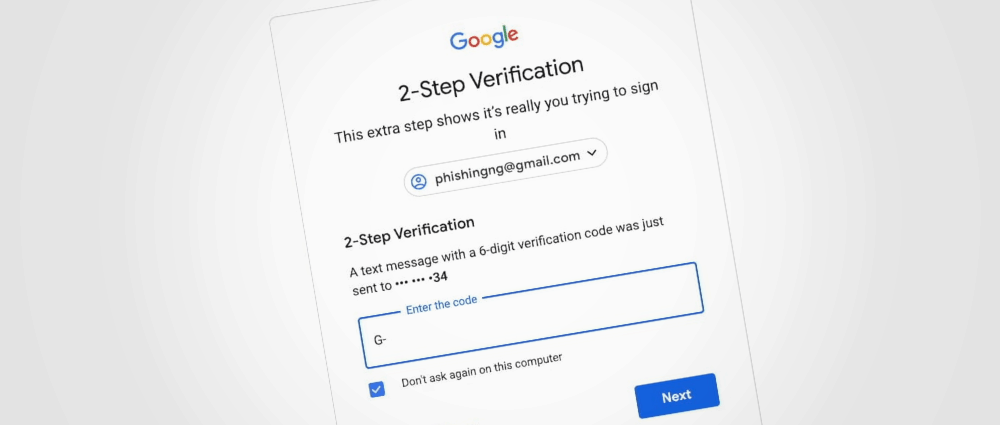Modlishka: A new penetration testing tool can automate the attacks phishing (Phishing). The new tool can also hack accounts protected by two-factor authentication (2FA).
It is called Modlishka and was developed by Polish researcher Piotr Duszyński.

Modlishka is the tool that researchers call a reverse proxy server, but has been modified to handle page traffic (login) and phishing procedures.
"Park" between the legitimate user and the page that the hacker is interested in violating (Gmail, Yahoo or ProtonMail). The victims of cyber-fishing are connected to the Modlishka server and the reverse proxy running from behind sends the requests to the original site.
Thus the victim receives authentic content from the normal website, but all the traffic and all the victim interactions pass and are registered on the Modlishka server.


Of course all the passwords entered by the user are automatically recorded in the Modlishka panel, while the reverse proxy urges users to use 2FA tokens.
If attackers are on hand and collect these 2FA tokens in real time, they can use them to log in to victims' accounts and proceed with an immediate password change.
The video below shows how a phishing website that uses Modlishka loads content perfectly from the actual Google login page.
Due to the simple design, Modlishka does not use "templates", a term used by phishers to describe legal site clones. But all content is retrieved from the legitimate website in real time, so attackers don't have to spend a lot of time updating templates.
Attackers still need a phishing domain (to host the Modlishka server) and a valid TLS certificate.
Modlishka is currently available at GitHub with open source license. More information exist in blog of Duszyński.
Images - Catalin Cimpanu ZDNet Information
_____________________






Even if you have a valid tls certificate you can not know the private key of the domain you are attacking so if the server has ssl (tls) you will not be able to see what data is exchanged client - server because it is encrypted…